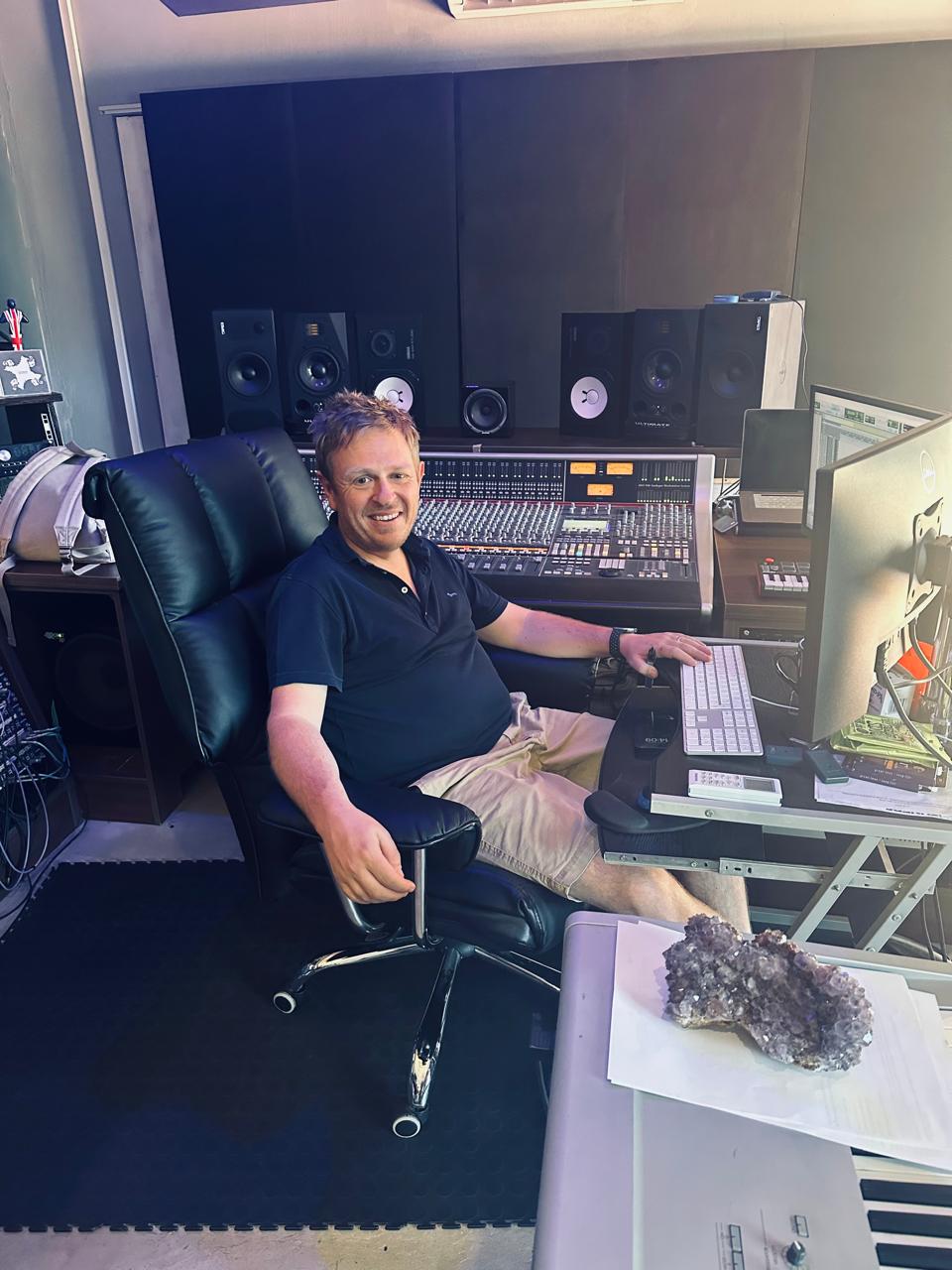Creating Depth in Mixing: Techniques for Immersive Soundscapes
- Andrew Rawbone-Viljoen

- Jul 12, 2023
- 3 min read
Introduction: When it comes to mixing music, achieving depth is a crucial element for creating a rich and immersive listening experience. Depth adds dimensionality, spatial placement, and a sense of realism to your mix. In this blog post, we will explore several techniques that can help you create depth in your music mixes, taking your tracks to the next level.
Panning and Stereo Imaging: Utilize panning to position individual elements within the stereo field. Place instruments or sound sources at varying positions to create a sense of width and space. Consider using automation to dynamically pan elements throughout the song to add movement and interest. Experiment with stereo imaging plugins or techniques to enhance the perceived width and depth of your mix.
Reverb and Delay: Strategic use of reverb and delay can add depth and space to your mix. Apply different amounts and types of reverbs to various elements based on their placement in the mix. Use shorter reverbs to create a sense of intimacy and longer reverbs for elements that require a more distant or ambient feel. Delays can add a sense of depth by creating spatial separation between sounds. Experiment with pre-delay settings to place sounds further back in the mix.
Volume, EQ, and Frequency Placement: Consider the perceived distance of each sound source in your mix. Sounds that are closer to the listener tend to be louder and have more prominent high-frequency content. Sounds that are farther away are often quieter and have more rolled-off high frequencies. Adjust volume levels, EQ settings, and frequency placement to simulate depth and perspective in your mix.
Dynamics and Level Automation: Varying the dynamics and levels of different elements throughout the song can contribute to the perception of depth. Use automation to create subtle or pronounced changes in volume, bringing elements forward or pushing them back in the mix. This technique helps create a sense of depth and dynamic movement within the soundstage.
Modulation Effects: Modulation effects such as chorus, flanger, and phaser can be used tastefully to enhance depth and spatial movement. Apply these effects to selected instruments or vocal tracks to create subtle modulation that simulates natural variations in sound placement. Be mindful not to overuse them, as excessive modulation can make the mix feel cluttered or unnatural.
Layering and Multiple Takes: Layering instruments or vocals can contribute to a sense of depth and dimensionality in your mix. Experiment with recording multiple takes of the same instrument or vocal part and pan them slightly left and right. This technique adds thickness and widens the stereo image, making the mix feel more spacious.
Spatial Effects and Ambisonics: Consider exploring spatial effects and techniques such as ambisonics to create an immersive 3D audio experience. Ambisonics involves capturing and reproducing audio in a way that takes into account the full 360-degree sound field. This approach can provide a more realistic and enveloping sense of depth and space.
Conclusion: Creating depth in your mix enhances the overall listening experience by adding dimensionality, space, and realism. Through careful panning, strategic use of reverb and delay, volume automation, and attention to frequency placement, you can take your mix to new heights. Experiment with these techniques, trust your ears, and continuously refine your mixing skills to create immersive and captivating soundscapes. With practice and attention to detail, you can master the art of creating depth in your mixes.





Comments